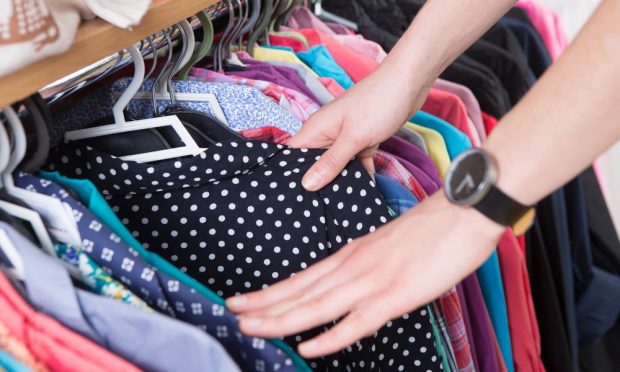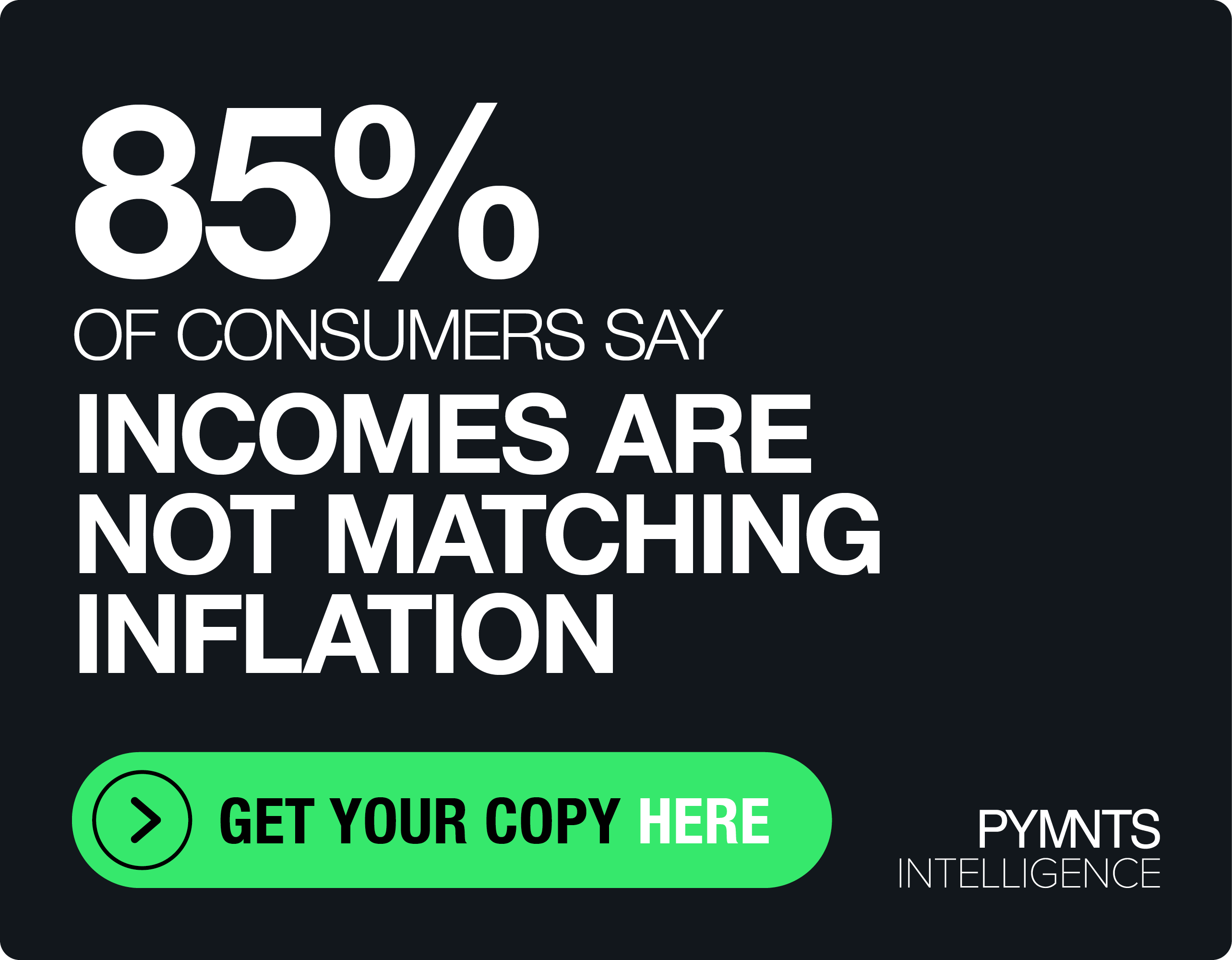thredUp’s Remade And Resetting Its Consignment Brand

Christmas is over and the rush of holiday gift giving has ended. But retail will not be any less busy for it, as there is still the rush to return gifts that didn’t quite make the cut.
Online consignment hub thredUP has a special name for this time period — the Purge Surge, when all the gifts that didn’t quite live up to expectations flood onto its marketplace for attempted resale. Last year, in January 2018, 250,000 brand new items appeared on ThredUP, a 60 percent increase over the rest of the year. Clothes-wise it was not, as it turned out, a great time to give a J. Crew cardigan or a Banana Republic ruffle shirt. On the shoe front, both Nikes and Louboutin heels were returned at a much higher than average rate with tags still on, in the box and never worn.
It is the latest data from an online commerce hub that has spent the last decade gathering information on what customers like, what sells fast online and what consumers respond to strongly as they resell clothes in one of the larger and better known online consignment hubs.
And now, according to James Reinhart, thredUP’s co-founder and CEO, the company is ready to put that data to work as it makes the next big leap forward in its corporate evolution. Now, thredUP is no longer only reselling clothing — it is putting out its own line of clothing.
“We leveraged all the data that we have at thredUP around average sell-through, and then used that to pick the right items to produce,” Reinhart said.
The advantage the firm has when designing its own fashion items, Reinhart noted, is the decade of data it has on what colors, cuts and styles consumers favor — and then allowing that to guide its decisions in a fairly granular way. The collection features eight items for day-to-day fashion use: t-shirts, a cardigan, wrap dresses and blouses of varying styles — in sizes XS to 3X, priced from $20 to $50.
And besides being reasonably priced, they are also designed for resale in some sense. Consumers who buy a piece of Remade product (the name for thredUP’s private label) are guaranteed 40 percent of the purchase price back if they choose to resell it on the site. That, according to thredUP, created special design challenges for the clothes on offer, which had to be made to be more durable than other items, and also (particularly for launch) at a lower price point.
To hit that difficult window, the brand notes it uses “consciously sourced high-grade materials,” and higher than industry-average stitching. The goal for thredUP is to make great clothes not only for one user, but clothes that will last across perhaps multiple wearers.
“How quickly thredUP resells the clothes is part of the Remade experiment,” said Reinhart.
The brand is expecting that items will last across three or four users. What it remains curious about is how long those ownership terms will last. In any event, the owner of a Remade item will be able to track the entire selling history of the item through a QR code printed on the tag.
“It makes it very easy for that customer to learn more about that item,” said Reinhart.
With information about the collection, year and ownership, thredUP can more easily process the item, price it accordingly, and get it back online for resale. Ideally, consumers won’t cut off the tag (or will save it if they want the 40 percent return). But Reinhart knows this is part of the learning process.
“That’s the nice part about launching experiments and seeing how consumers adopt them,” he said. “We’ll find out.”
Today thredUP boasts that its new line is made in responsible factories that strive to protect worker safety and are water and efficiency compliant. Tomorrow’s goal, according to Reinhart, is to be able to manufacture Remade items from recycled materials directly. As a brand, thredUP wants to keep textiles out of landfills — and making its clothes out of recycled materials is the best and ultimate expression of that.
It is, however, a tremendous operational challenge to get there.
“First we want to prove that the value-proposition of buying something with resale in mind works,” he told Fortune, adding, “We’re trying to figure out how do you make resale and reuse accessible, and that doesn’t necessarily always go hand-in-hand with recycled materials.”
But, he noted, the firm is working on it — because its new line was made with both recycling and resale in mind. The challenge is finding ways for them to exist together and at the same time.
